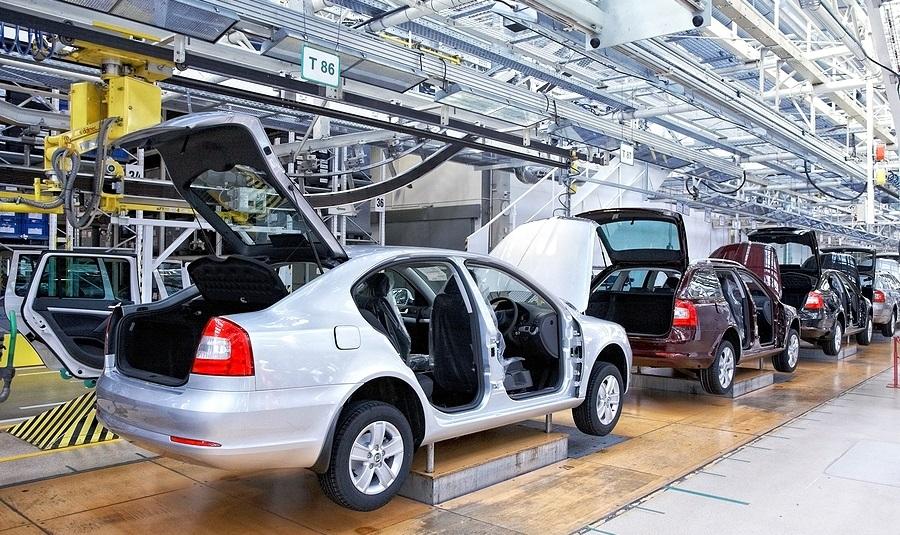Market Data

November 25, 2016
Durable Goods Orders Increase in October
Written by Sandy Williams
Orders for durable goods in October rose faster than expected by economists. The Commerce Department reported orders were up 4.8 percent to a seasonally adjusted rate of $239.4 billion. Civilian aircraft orders led the increase, jumping 1.4 percent from September to October.
Core capital goods, which are nondefense capital goods excluding aircraft considered to be a proxy for business spending, rose 0.4 percent in October.
“Manufacturing is not booming,” said Ian Shepherdson, chief economist at Pantheon Macroeconomics as quoted by the Wall Street Journal. “But neither is it sliding into the recession some feared earlier this year. Instead, we expect a gradual pickup in activity.”
The October report is based on data prior to the presidential election and is reprinted below:
New Orders. New orders for manufactured durable goods in October increased $11.0 billion or 4.8 percent to $239.4 billion, the U.S. Census Bureau announced today. This increase, up four consecutive months, followed a 0.4 percent September increase. Excluding transportation, new orders increased 1.0 percent. Excluding defense, new orders increased 5.2 percent. Transportation equipment, also up four consecutive months, led the increase, $9.5 billion or 12.0 percent to $88.2 billion.
Shipments. Shipments of manufactured durable goods in October, up four of the last five months, increased $0.2 billion or 0.1 percent to $234.6 billion. This followed a 0.8 percent September increase. Fabricated metal products, up three of the last four months, drove the increase, $0.3 billion or 1.1 percent to $30.5 billion. Unfilled Orders. Unfilled orders for manufactured durable goods in October, up following four consecutive monthly decreases, increased $8.2 billion or 0.7 percent to $1,128.6 billion. This followed a 0.2 percent September decrease. Transportation equipment, also up following four consecutive monthly decreases, led the increase, $7.5 billion or 1.0 percent to $773.1 billion.
Inventories. Inventories of manufactured durable goods in October, up four consecutive months, increased $0.1 billion or virtually unchanged to $383.7 billion. This followed a virtually unchanged September increase. Transportation equipment, up three of the last four months, drove the increase, $0.2 billion or 0.2 percent to $123.8 billion.
Capital Goods. Nondefense new orders for capital goods in October increased $10.2 billion or 14.5 percent to $80.1 billion. Shipments decreased $0.4 billion or 0.6 percent to $71.5 billion. Unfilled orders increased $8.7 billion or 1.3 percent to $703.1 billion. Inventories decreased $0.6 billion or 0.4 percent to $169.6 billion. Defense new orders for capital goods in October decreased $0.4 billion or 3.7 percent to $10.8 billion. Shipments increased $0.3 billion or 2.9 percent to $10.6 billion. Unfilled orders increased $0.2 billion or 0.1 percent to $138.7 billion. Inventories increased $0.4 billion or 1.9 percent to $21.2 billion.
Revised September Data. Revised seasonally a djusted September figures for all manufacturing industries were: new orders, $457.3 billion (revised from $455.5 billion); shipments, $463.3 billion (revised from $463.0 billion); unfilled orders, $1,120.4 billion (revised from $1,118.8 billion) and total inventories, $620.9 billion (revised from $621.4 billion).







